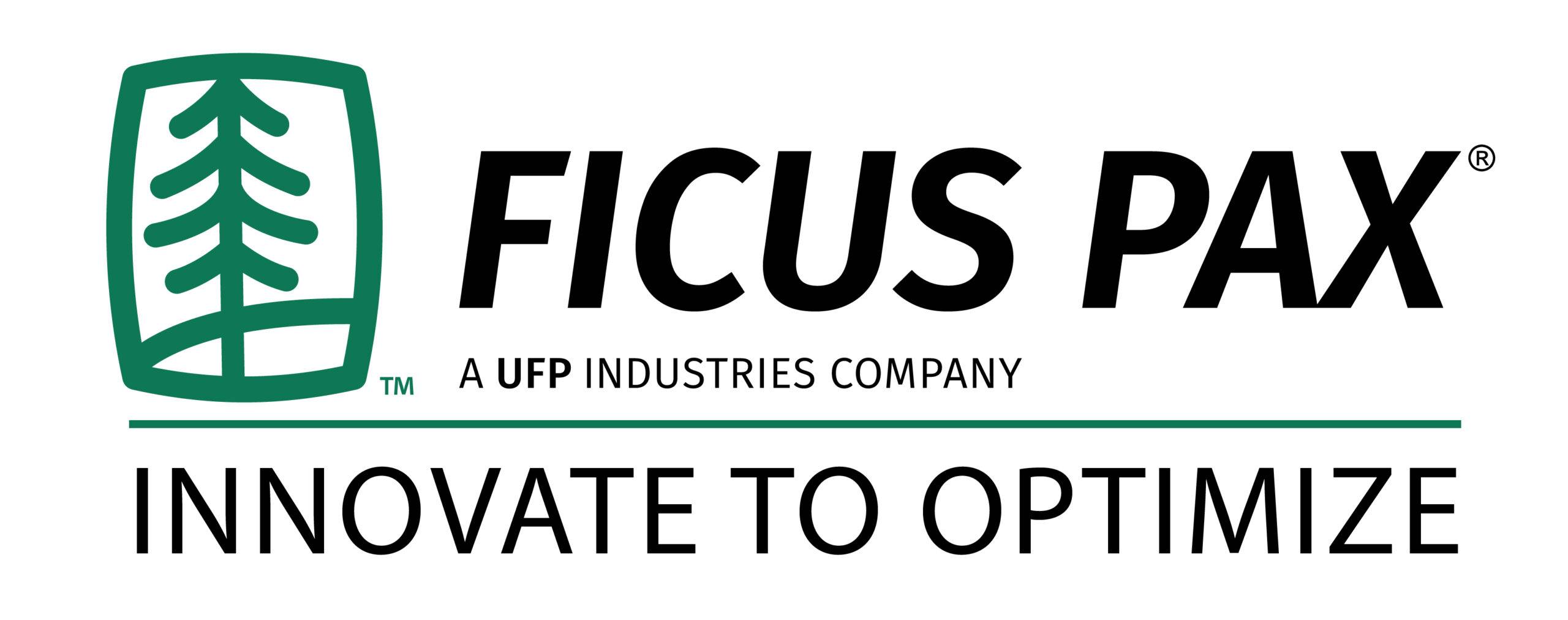Reason Good Packaging Is More Important Than The Price

Good packaging is more important than the price for several reasons. Packaging serves as the face of a product, communicating its value, quality, and brand identity to consumers. While price is undoubtedly a significant factor in the purchasing decision, packaging plays a crucial role in attracting consumers, conveying essential information, ensuring product safety, and creating a positive user experience. In this essay, we will explore these reasons in detail to understand why good packaging holds more significance than the price alone.
First and foremost, packaging serves as a powerful marketing tool. It is the first thing that consumers see when they encounter a product, either on a store shelf or in an online listing. In a crowded marketplace where numerous products vie for attention, eye-catching and well-designed packaging can make a significant impact. An appealing package design catches the consumer’s eye, draws them towards the product, and sparks interest. It serves as a silent salesperson, working to differentiate the product from its competitors and create a positive first impression.
Good packaging can effectively communicate the value and quality of a product. The packaging design, materials, and finishes can convey a sense of luxury, durability, or eco-friendliness, depending on the brand’s positioning and target audience. Consumers often associate quality packaging with a higher-quality product, even before examining its contents. Therefore, investing in good packaging design and materials can elevate the perceived value of a product and justify a higher price point.
Moreover, packaging plays a critical role in establishing and reinforcing a brand’s identity. It serves as a canvas for brand logos, colors, typography, and other visual elements that make a brand recognizable and memorable. Consistency in packaging design across a brand’s product line helps to build brand recognition and loyalty. When consumers encounter well-designed packaging, they immediately connect it to a particular brand, creating a sense of familiarity and trust. This emotional connection between the brand and the consumer can influence purchasing decisions, regardless of the price.
In addition to marketing and branding, packaging serves a practical purpose of conveying important information about the product. It includes details such as product features, ingredients, instructions for use, nutritional information, and safety warnings. Clear and comprehensive packaging design ensures that consumers have access to all the necessary information to make informed choices. For example, a product with transparent packaging allows consumers to see the actual product, its color, texture, and condition, providing them with a more accurate representation than just relying on price alone. By offering transparency and detailed information, good packaging instills confidence in consumers and reduces the risk of dissatisfaction or confusion after purchase.
Packaging also plays a crucial role in ensuring the safety and integrity of a product. It acts as a protective barrier, safeguarding the product from damage during transportation, storage, and handling. For fragile or perishable items, appropriate packaging materials and design are essential to prevent breakage or spoilage. Consumers expect their purchases to arrive in perfect condition, and packaging that fails to meet these expectations can lead to negative experiences and even potential product returns. By investing in good packaging, manufacturers can minimize the risk of product damage and associated costs, ensuring customer satisfaction and loyalty.
Furthermore, packaging contributes to the overall user experience of a product. It encompasses factors such as ease of opening, convenience of use, and resealability. A well-designed package is intuitive, functional, and enhances the product’s usability. Consider, for instance, the experience of unboxing a high-end smartphone. The packaging is often meticulously designed to create a sense of anticipation and delight, with carefully placed compartments and accessories that enhance the overall user experience. Such attention to detail elevates the perceived value of the product and creates a memorable interaction for the consumer.
In recent years, sustainability has become a significant consideration for both brands and consumers. Good packaging takes into account environmental concerns and embraces sustainable practices. Eco-friendly packaging materials, such as recycled or biodegradable materials, demonstrate a brand’s commitment to sustainability and resonate with environmentally conscious consumers. As more consumers prioritize sustainability in their purchasing decisions, packaging that aligns with these values becomes a crucial differentiator. While sustainable packaging may incur higher costs initially, the long-term benefits, including positive brand perception and customer loyalty, outweigh the price difference.
Another aspect to consider is the role of packaging in influencing repeat purchases. A well-designed package that delivers a positive user experience can leave a lasting impression on consumers, encouraging them to repurchase the same product in the future. Packaging that is memorable, convenient, and aesthetically pleasing creates a sense of attachment and loyalty. Consumers may be willing to pay a higher price for a product that they have come to trust and appreciate, even if similar alternatives are available at lower prices. In this way, good packaging contributes to customer retention and long-term business success.
It is important to acknowledge that price remains a significant consideration for many consumers. However, by focusing solely on price, brands risk commoditizing their products, making it difficult to differentiate themselves in a competitive market. Good packaging allows brands to stand out, create emotional connections with consumers, and justify higher prices through enhanced perceived value. While price may initially attract consumers, it is the packaging that convinces them to make the final purchase and establish a lasting relationship with the brand.
In conclusion, good packaging holds more importance than price alone for several reasons. It serves as a powerful marketing tool, attracting consumers and differentiating products from competitors. Packaging communicates the value, quality, and brand identity of a product, influencing consumer perceptions. Additionally, it provides vital information, ensures product safety, and contributes to the overall user experience. Packaging also aligns with sustainability concerns and influences repeat purchases. While price remains a key consideration, investing in good packaging design and materials is essential for brands to succeed in a competitive marketplace and create long-term customer loyalty.




Leave a Comment